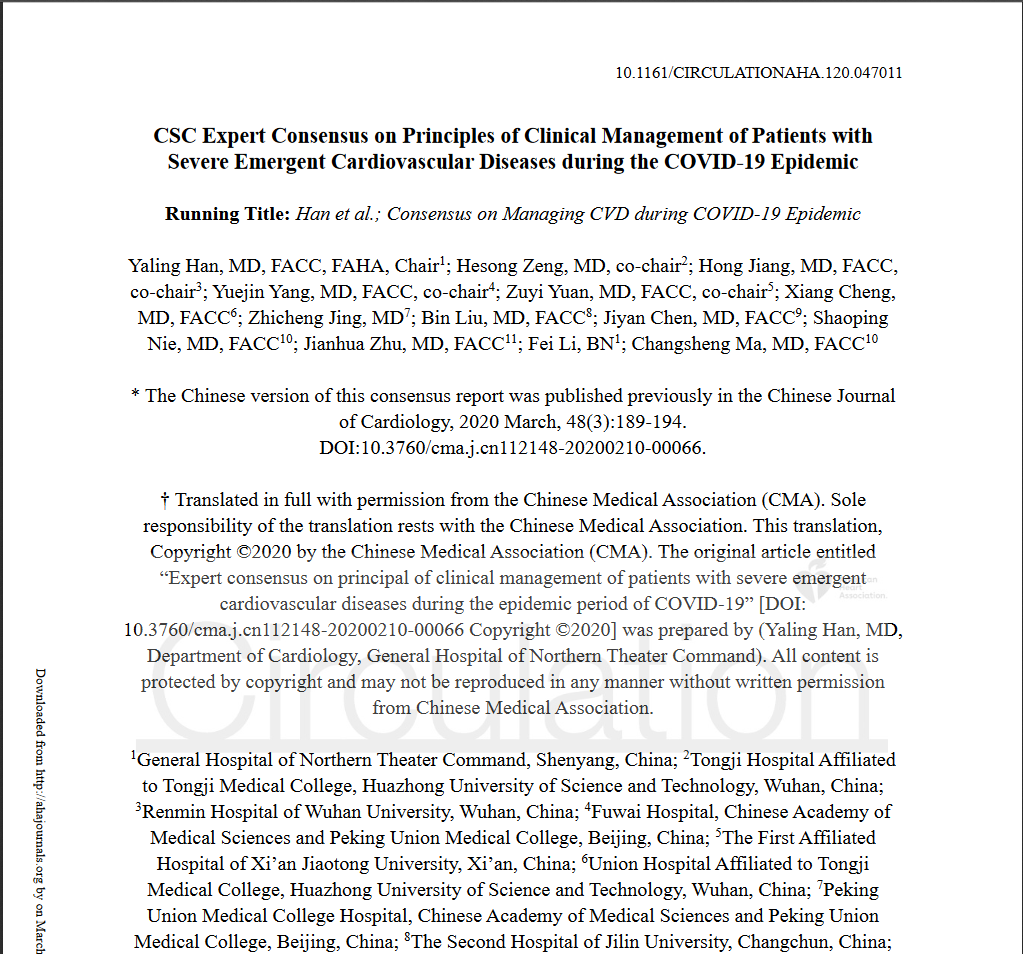AIMS - The aim of this study was to compare the periprocedural and late clinical outcomes of left atrial appendage closure (LAAC) with AMPLATZER devices by access through transseptal puncture (TSP) versus a patent foramen ovale (PFO) or an atrial septal defect (ASD).
METHODS AND RESULTS - Between 2009 and 2018, 578 consecutive patients underwent LAAC via TSP or PFO/ASD access in three centres. After a 3:1 propensity score matching, 246 (TSP) versus 91 (PFO/ASD) patients were compared using the primary efficacy endpoint of all-cause stroke, systemic embolism and cardiovascular/unexplained death and the primary safety endpoint of major periprocedural complications and major bleedings at follow-up. Mean age was 75.2±8.7 (TSP) vs 74.4±10.9 (PFO/ASD) years, CHA2DS2-VASc score 4.5±1.6 vs 4.3±1.4 and HAS-BLED score 3.3±1.0 vs 3.3±0.9. Device success (97.6% vs 97.8%, p=0.90) was similar. After 2.5±1.4 vs 2.6±1.6 years, clinical efficacy (46/603, 7.6% [TSP] vs 21/233, 9.0% [PFO/ASD], hazard ratio [HR] 1.2; 95% confidence interval [CI]: 0.69-0.85, p=0.54) and safety (24/603, 4.0% vs 11/233, 4.7%; HR 1.4; 95% CI: 0.52-3.6, p=0.49) did not differ.
CONCLUSIONS - Use of a PFO/ASD access for LAAC with AMPLATZER devices offers similar periprocedural and late clinical outcomes to TSP. Simultaneous PFO/ASD closure for an additional protective benefit does not increase risk.







 English
English










 +86-13913895477
+86-13913895477
 cbsnj@cbsmd.cn
cbsnj@cbsmd.cn 江苏省南京市秦淮区长乐路68号,南京市心血管病医院9号楼905区心内科办公室
江苏省南京市秦淮区长乐路68号,南京市心血管病医院9号楼905区心内科办公室
 210006
210006







































 CBS 2019
CBS 2019 CBS 2019 主席团
CBS 2019 主席团 教育中心
教育中心 科研动态
科研动态




